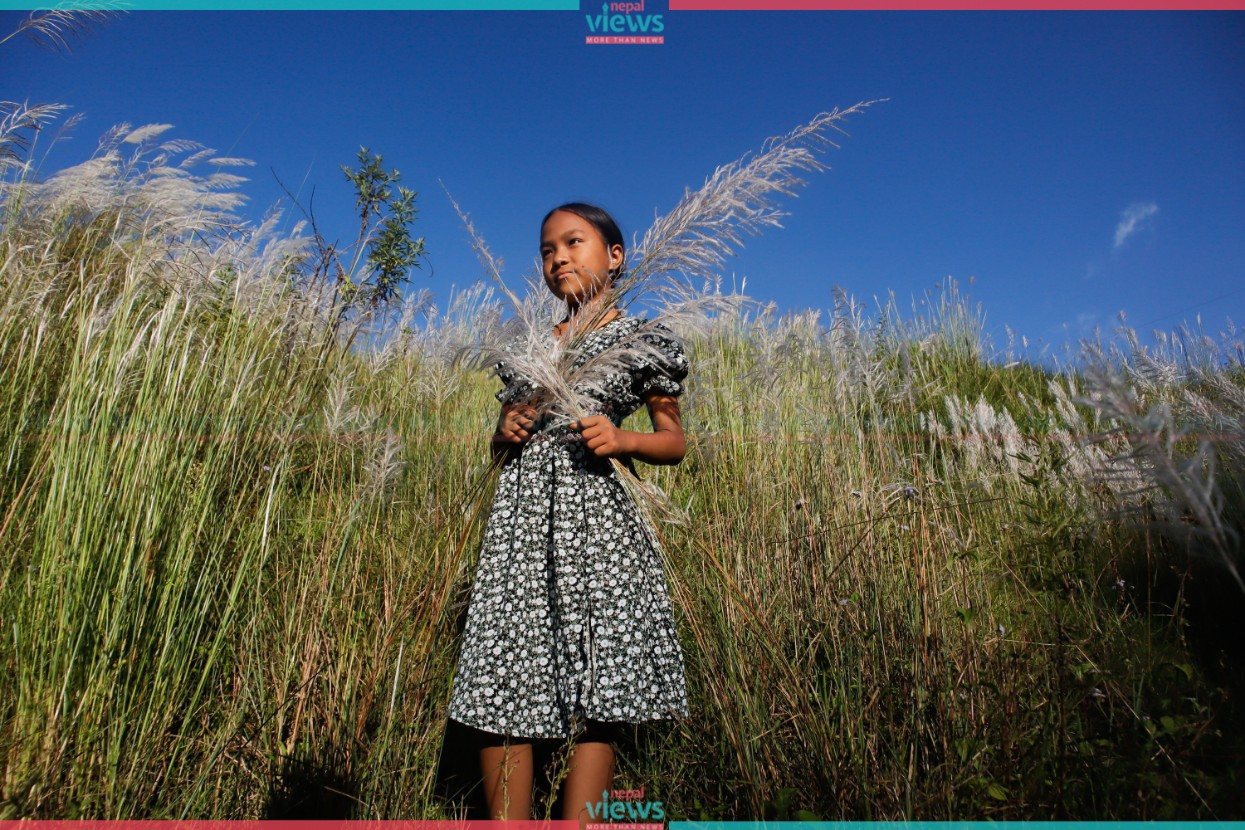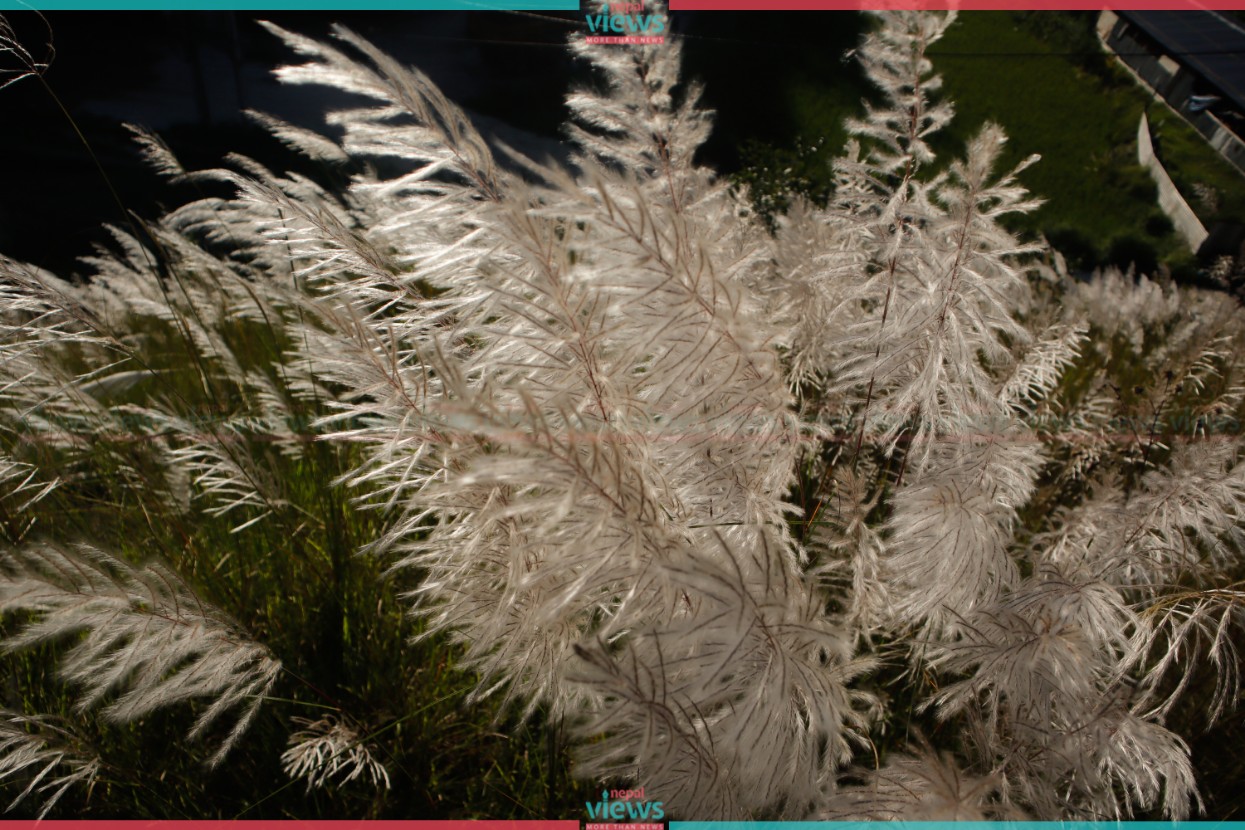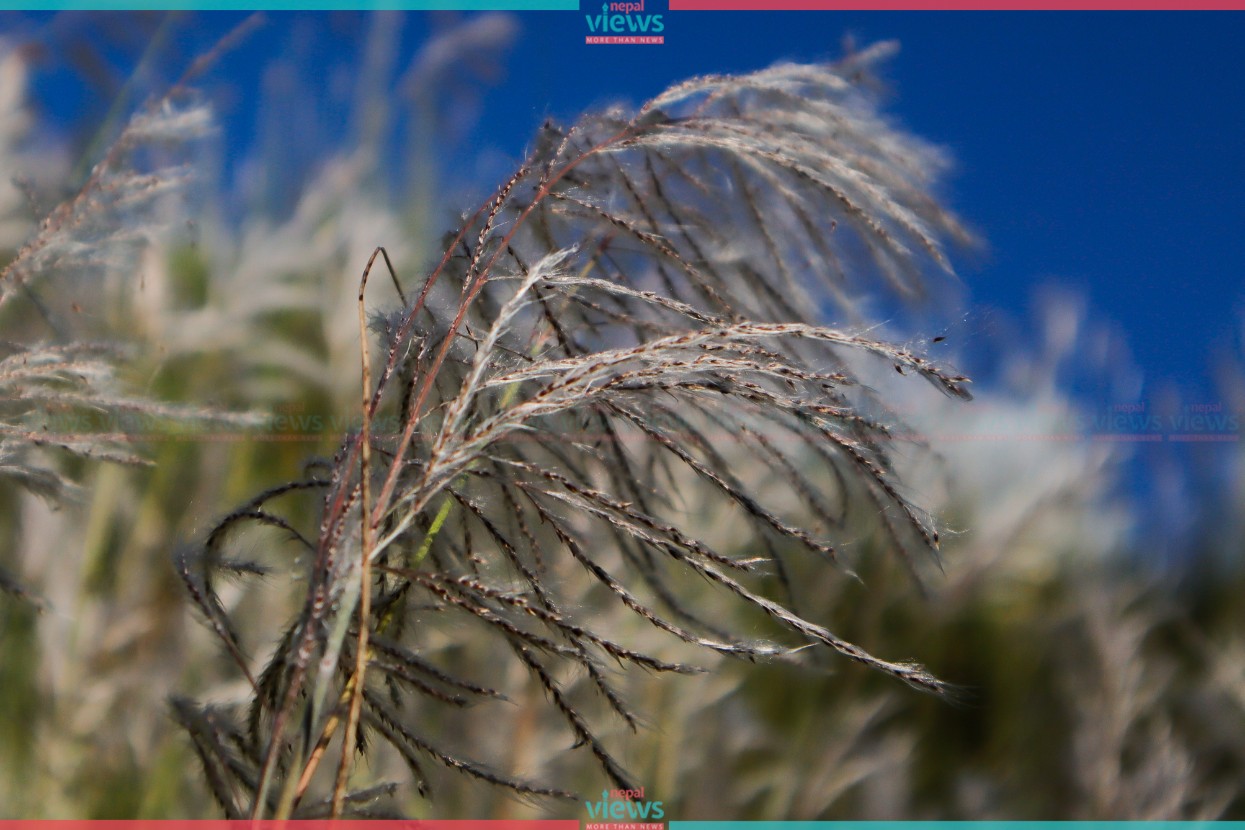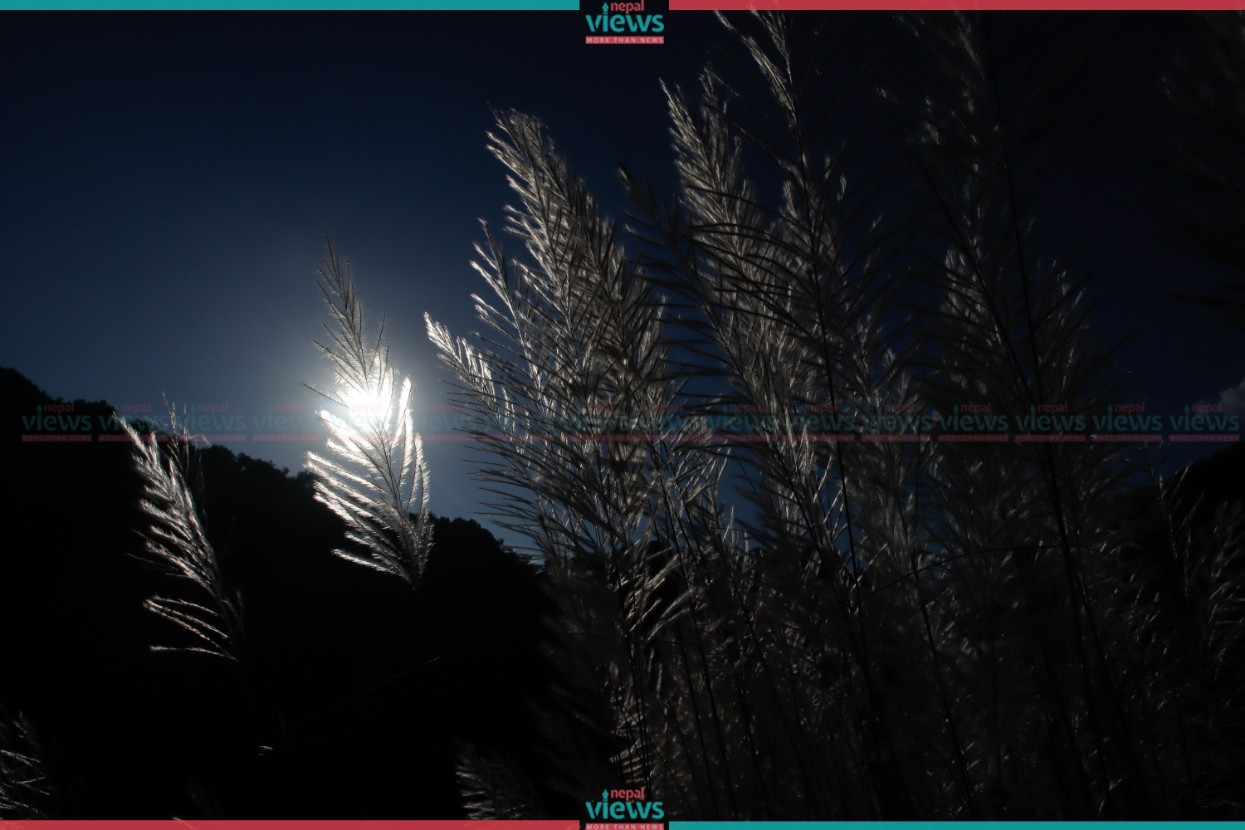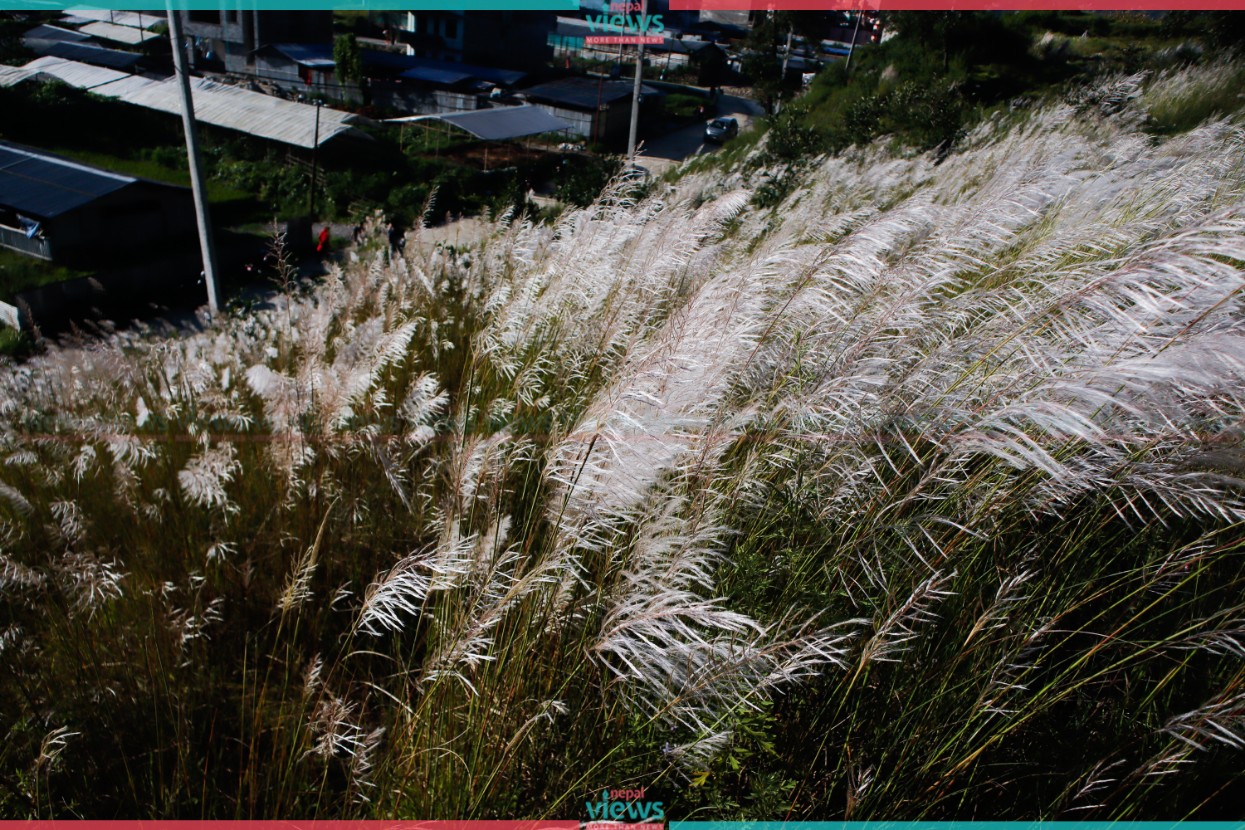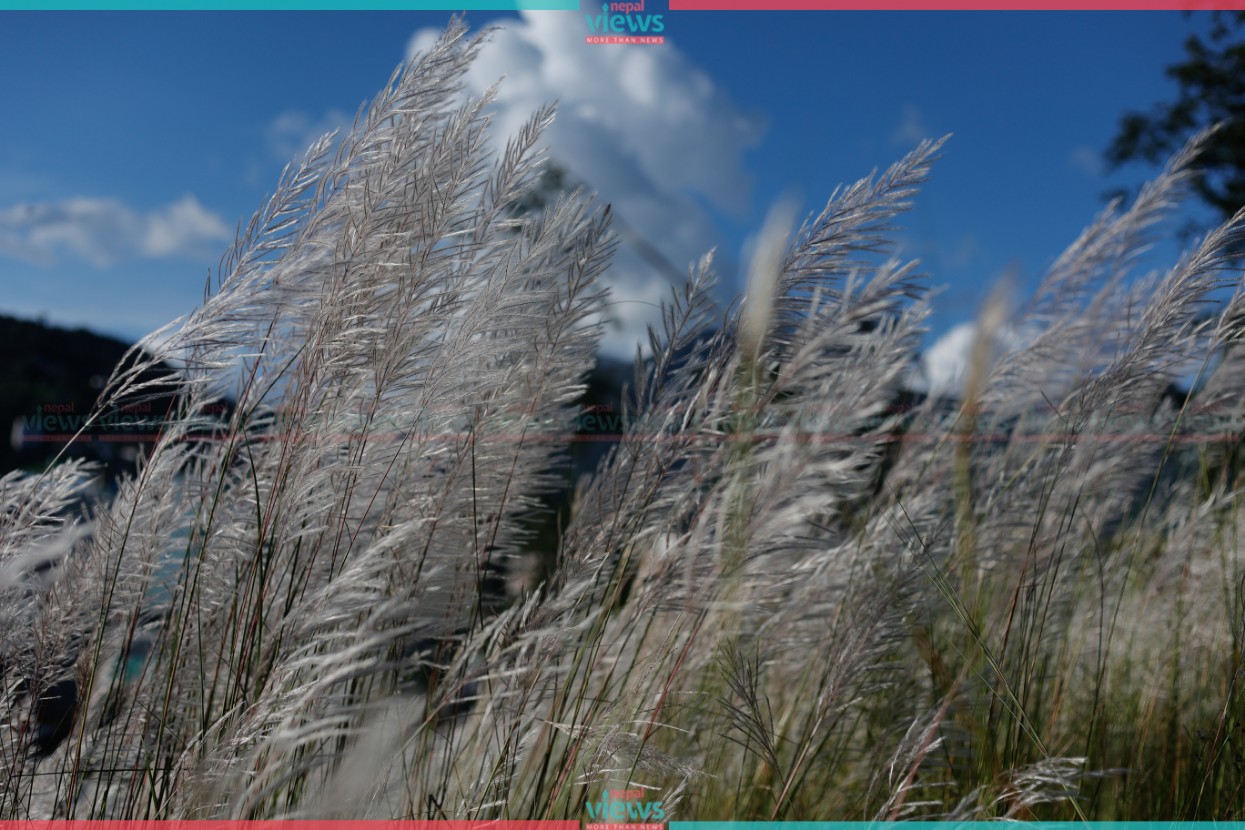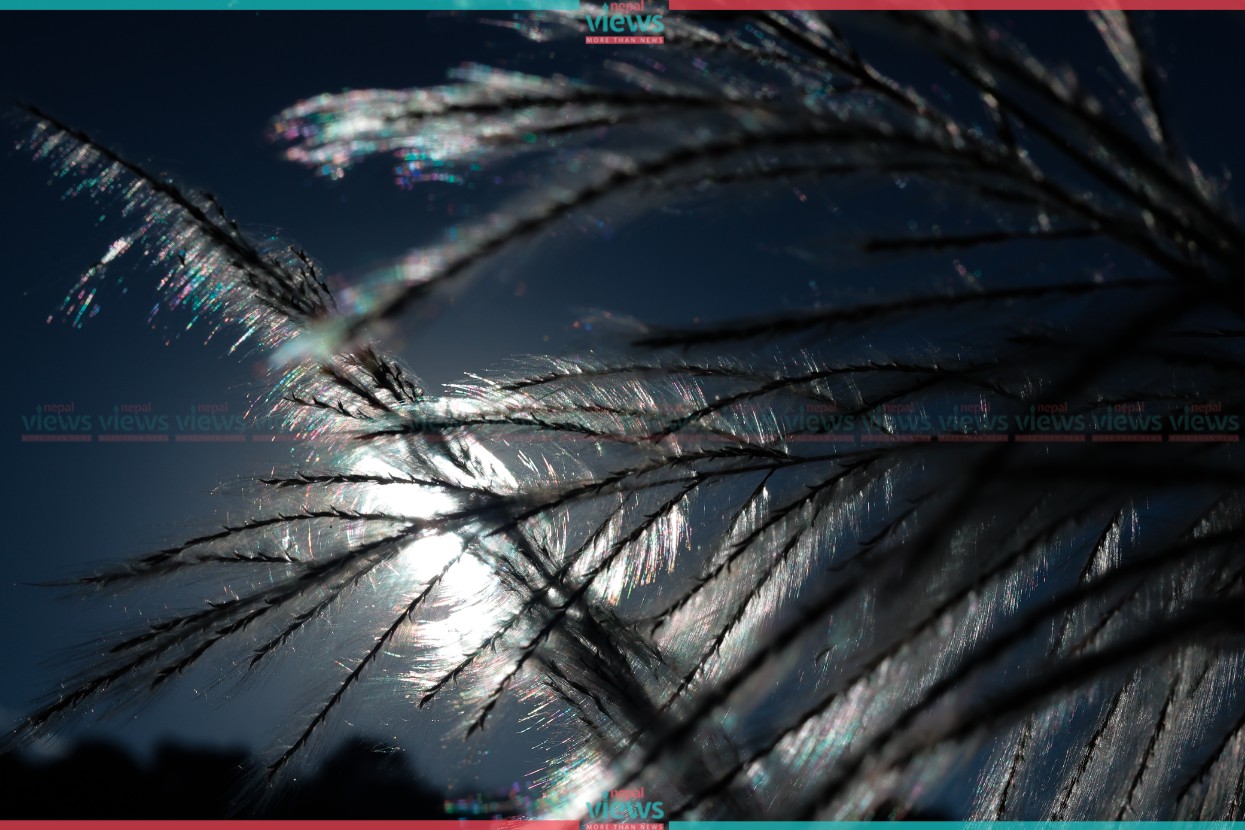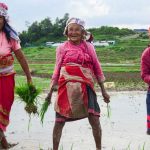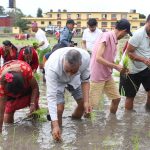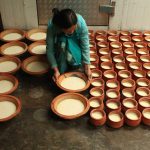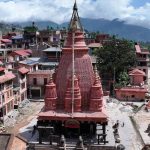Kans welcoming Autumn (Photo Feature)
In the present scenario, Kans has whitened the hills of the Kathmandu valley. The open spaces also look attractive with the growth of the Kans.
Trending
-
1
‘Sickroom’-Undeclared love story between childhood friends (Photo Feature)
-
2
Anju Shrestha releases new ghazal “Yo Maya Ni Kasto”
-
3
KMC’s muddy roads (Photos)
-
4
Jagannath Rath Yatra in Kathmandu (Photo Feature)
-
5
323 Years of Nyatapola: Bhaktapur’s Historic Temple Celebration (Photos)
-
6
Janakpurdham: Centre of History, Religion and Culture (Photos)
-
7
High demand of Bhaktapur’s “Juju Dhau:” for Paddy Day (Photos)
News Update
-
Students celebrate 22nd National Paddy Day (Photo Feature)
-
HoR passes Civil Service Bill
-
Bungamati and Khokana keep paddy plantation tradition alive amid Urban Sprawl (Photos)
-
Dr. Baburam Bhattarai joins paddy plantation in Gorkha; Drives Tiller to mark Asar 15
-
Farmers celebrate 22nd National Paddy Day (Photos)
-
Fields to Flats: Disappearing Rice Farms of Kathmandu Valley (Photos)
-
High demand of Bhaktapur’s “Juju Dhau:” for Paddy Day (Photos)





